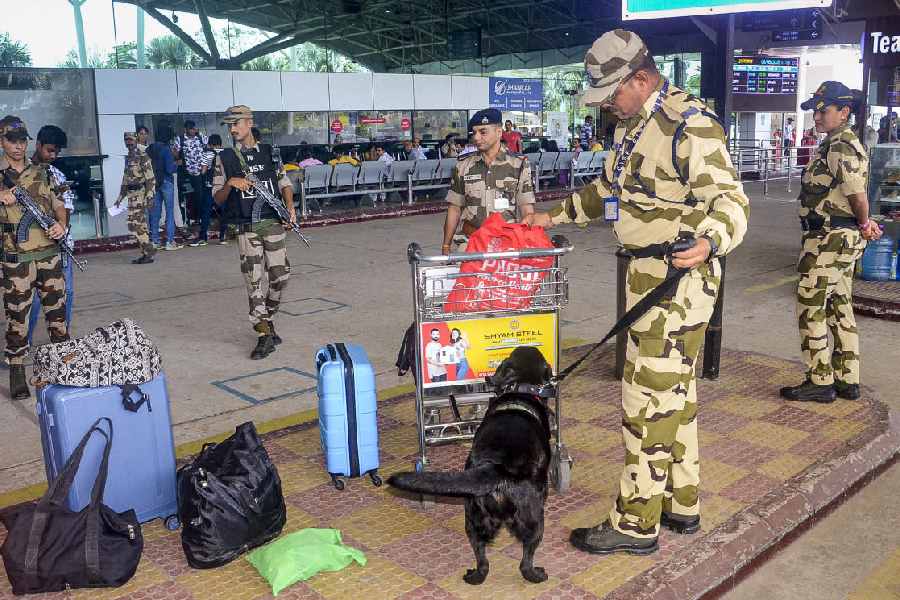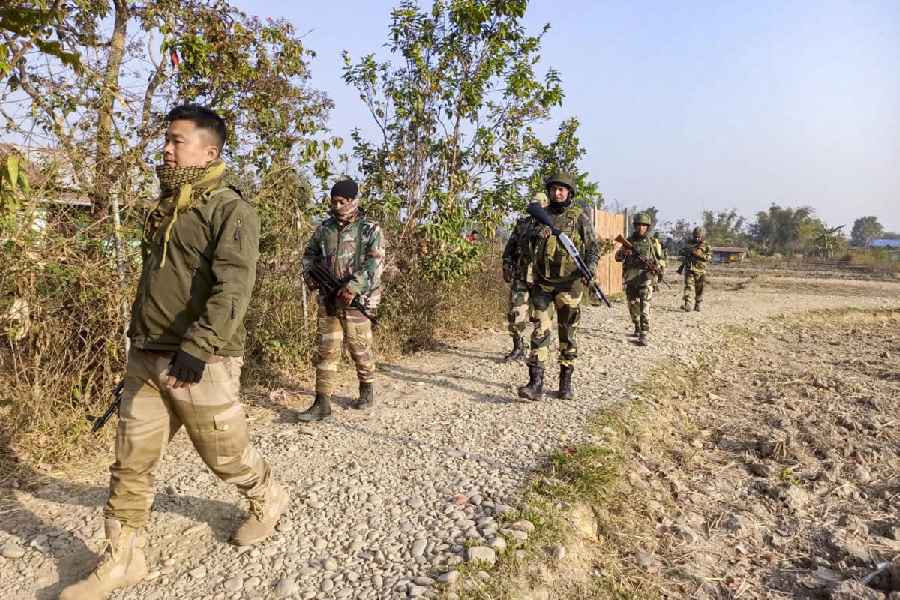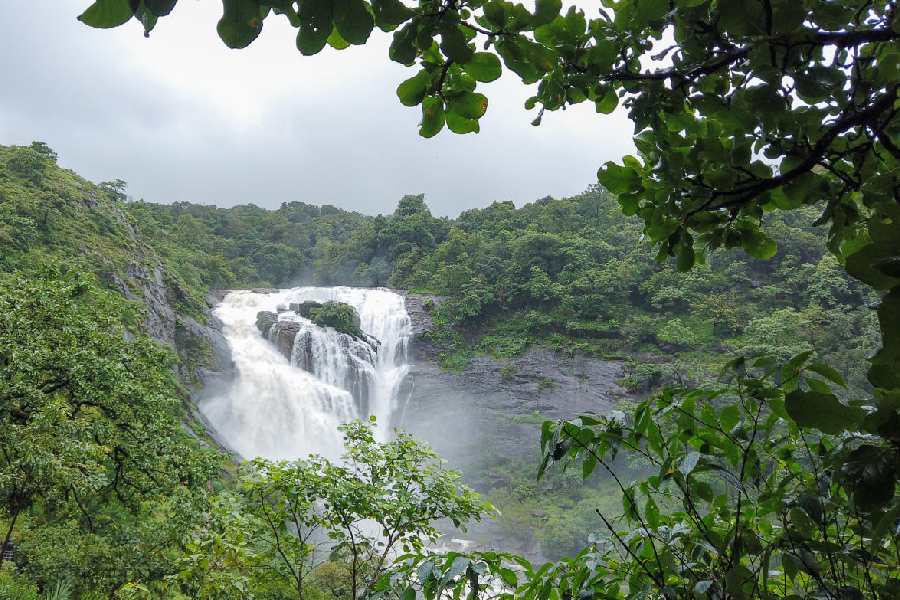The pond next to the Siriti crematorium has been filled up. The large plot created thereby, around which iron fencing has been erected, has been turned into a dumping ground for the contaminated soil being dredged out of Tolly’s Nullah. Without any specific guidelines for disposal of this soil, contractors involved in the desilting operation are dumping the soil wherever they can, leading, in some cases, to protests by local people.
The Siriti pond was no ordinary pond. It happened to be a remnant of the Adi Ganga, that flowed down that way till its course shifted in an easterly direction, says Pranabesh Sanyal, member, National Coastal Zone Management Authority. Burning ghats had been established off other such waterbodies that were remnants of the Adi Ganga — at Garia, in Baruipur’s Beliachandigram and at Thakurda Mahashamshan, all along the former course of the river. The Bengal basin has been slowly tilting towards the east due to neo-tectonic movement, and since the latter part of the 16th Century, the main course of the Adi Ganga has been through the Padma.
Hundreds of labourers engaged in the desilting operation have set up home on the Siriti dumping ground. Several shelters, with hogla leaf roofs and little else, have come up there. The labourers have been living there for the past four months or so.
Residents of the area say that since the soil is contaminated, contractors have been selling it by the truckloads to people from areas like Thakurpukur and Haridebpur, who use it as landfill.
The soil, that is more non-biodegradable waste material — such as tattered plastic bags — than silt, is also being dumped in a low-lying area, part of a brick kiln along Pasupati Bhattacharjee Road. It is also being used to raise the bank of a large tank that is part of the plot, and quite imperceptibly, the waterbody is shrinking. It is hemmed in by half-finished houses, and a noticeboard on a lamp-post announces the formation of Amartya Park Residential Welfare Society.
Lorries drive in straight from Kalabagan, on the Tolly’s Nullah bank, to this upcoming residential area, unloading the toxic burden. They are doing so at Agrasi playground down the road, too.
A hillock of this soil had accumulated in Kalabagan, blocking a temple. Locals protested and it had to be removed. But a huge mound still stands in front of a school in Vivek Palli. With the rains just months away, won’t the toxic soil melt back into the canal?










